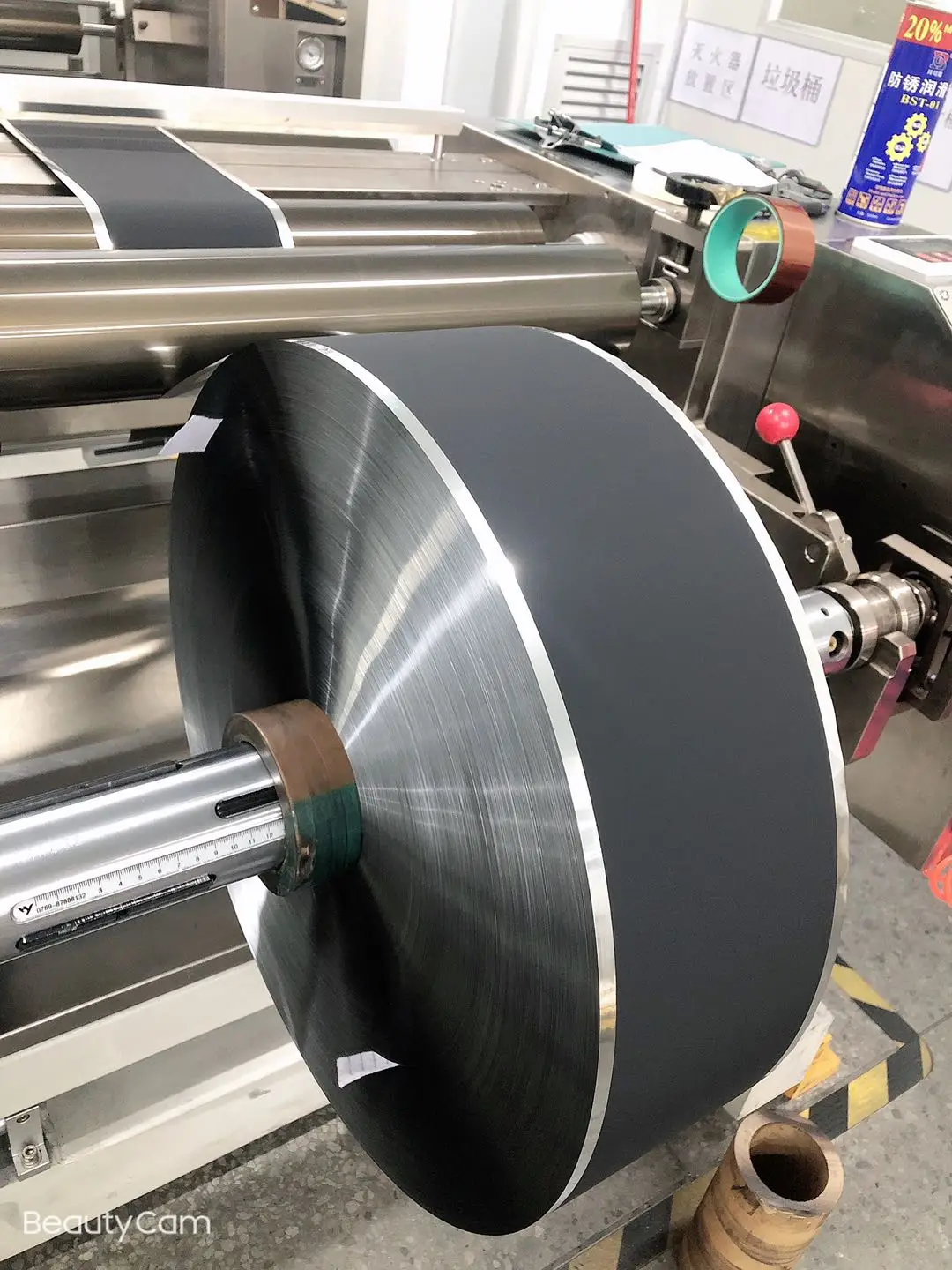

He patented the new "dry cell" battery in 1886 in Germany.
Battery cathode aa how to#
While the electrolyte in the Leclanché cell was still a liquid, the battery's chemistry proved to be an important step for the invention of the dry cell.Ĭarl Gassner figured out how to create an electrolyte paste out of ammonium chloride and Plaster of Paris. In 1866, Georges Leclanché created a battery using a zinc anode, a manganese dioxide cathode, and an ammonium chloride solution for the electrolyte. This made battery transportation a very careful endeavor, and most batteries were never intended to be moved once attached to the circuit. Up until the late 1800s, the electrolyte in batteries was in a liquid state. (Image courtesy of Emilian Robert Vicol of Wikimedia Commons) <- The Dry Cell

Look for new technologies to improve the efficiency and range of electric cars, and for the costs of lithium-ion battery packs to notably fall in the coming years.-> The design for the common "car battery" has been around for more than 100 years Regardless, the future for battery-powered vehicles is promising. Likewise, these cells' lifespans will need to improve dramatically in order to accommodate the thousands of full-discharge cycles of an HEV, PHEV, or BEV. This breakthrough technology still has some ways to go, though, as engineers work to bring down the material costs of producing solid-state cells. Solid-state batteries are due to offer greater energy density that ought to afford better driving range relative to a similar lithium-ion battery. In fact, Toyota plans to introduce a vehicle with a solid-state battery by the middle of the decade. For instance, solid-state batteries that use cells with a solid electrolyte are a promising alternative that many manufacturers are investing in. Although today's EVs overwhelmingly use lithium-ion packs, many of tomorrow's battery-powered cars will likely utilize packs with different chemistries. Toyota New Battery Technology for Electric Carsīattery technology is always evolving. Still, Tesla plans to move to lower numbers of larger cylindrical cells to reduce the number of connections within their cars' battery packs. The advantage, these companies claim, is that small cells are far cheaper to produce in volume. This is the approach Tesla, Rivian, Lucid, and some other automakers take, wiring together thousands of these small cells. Up to several dozen modules can reside within a battery pack, which is the complete EV battery.ĮV cells may be small cylindrical cells, like a AA or AAA cell, of various standardized dimensions.

Instead, they're made up of hundreds, if not thousands, of individual cells, usually grouped together into modules.

But the batteries in EVs aren't a huge version of that single cell. When you think of those aforementioned AA or AAA batteries, you're imagining a single battery cell. When the cell is charged, however, electrons flow from an outside energy source in the other direction (from positive to negative) and the process reverses: electrons flow from the cathode back to the anode, increasing the cell's energy again. Over time, the cell's energy depletes as it drives whatever it's powering. If the battery is providing power (for instance, the bulb in the aforementioned flashlight)- an action known as discharging-then ions flow through the separator from the anode to the cathode, while electrons travel over the wire from the negative (anode) to the positive (cathode) terminal to provide power to an external load. The electrons these electrodes give off, meanwhile, pass through the wire outside the cell. When the positive and negative terminals are connected (think of switching on a flashlight), ions travel between the two electrodes through a liquid electrolyte inside the cell. The cells within an electric vehicle's battery pack each have an anode (the negative electrode) and a cathode (the positive electrode), both of which are separated by a plastic-like material.


 0 kommentar(er)
0 kommentar(er)
